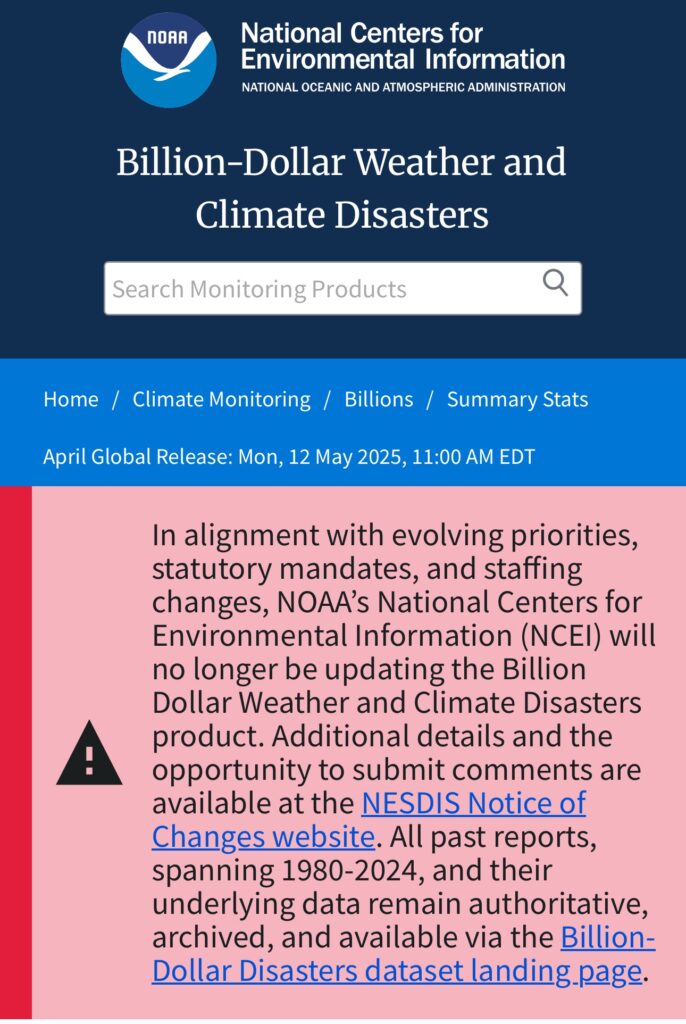Major Search and Rescue Stories: Late April–Early May 2025
The last two weeks have seen significant SAR operations worldwide, especially in the Mediterranean, U.S. wilderness, and natural disaster zones. Major policy debates focus on funding, legal protections, and humanitarian access; technology continues transforming SAR effectiveness with AI, drones, and satellite beacons. International coordination and preparedness are increasingly prioritized, as demonstrated by joint exercises and integrated disaster response planning.
It’s been a busy two weeks.
On a side note, I’ve been out-of-pocket for family events. However, I do market this as a “mostly-weekly” newsletter. 😉
Recent High-Profile Search and Rescue Operations

- Miami Beach, Florida, USA – 32 Rescued from Sinking Lamborghini Yacht:
On May 3, 2025, 32 people were rescued after a 63-foot Lamborghini yacht began sinking near Monument Island, Miami Beach. The U.S. Coast Guard and local agencies responded quickly, evacuating everyone safely with no injuries reported. The cause of the sinking is under investigation by the Florida Fish and Wildlife Conservation Commission. The incident happened during a busy weekend of local events. The boat was grossly overloaded. - Mediterranean Sea Migrant Rescues:
Humanitarian vessels, including Life Support, have conducted large-scale rescues in the central Mediterranean over the past two weeks. In early April, Life Support rescued 215 people in three separate operations, including many women and unaccompanied minors from conflict-affected countries. Adverse weather and the assignment of distant ports for disembarkation by Italian authorities have complicated these efforts, leading to calls for policy changes to prioritize closer ports for rescued individuals.
New Italian laws (Law 15/2023) also restrict NGO rescue ships to one operation at a time and often assign ports hundreds of miles away. This has drawn international criticism and a formal complaint to the European Commission by organizations such as MSF and Oxfam Italia. - Denali, Alaska, USA – Stranded Climbers:
A trio of Malaysian climbers became stranded on Denali, Alaska’s highest peak, resulting in a multi-day rescue effort involving guides and specialized teams. The operation highlighted high-altitude mountain rescues’ extreme risks and logistical challenges [9]. - New Hampshire, USA – Hiker Rescue:
In early May, a hiker in New Hampshire’s White Mountains was rescued after his phone died following a 911 call. Despite over 25 years of hiking experience, he was caught off guard by lingering snow and was found with mild hypothermia after a 6.5-hour search. The incident underscores the importance of preparedness and the role of technology (cell phones, mapping apps) in modern rescues. It’s a good reminder that it can happen to anyone. - Maritime Incidents in Europe:
- Black Sea: Romanian teams searched for three missing crew after a cargo ship sank off the coast, with multinational coordination.
- Danube River, Hungary: Two dead and five missing after a small boat collided with a cruise ship, prompting a large-scale search using drones and multiple vessels.
- Floods and Earthquake Response:
Search and rescue teams have been deployed in response to severe flooding in the U.S. South and Midwest, and after devastating earthquakes in Myanmar and Thailand, where hundreds have been killed and many remain missing.
Policy and Legislative Updates

- U.S. Federal Legislation for Remote SAR:
A bipartisan bill was introduced in the U.S. Congress to help rural counties cover the costs of remote search and rescue operations, particularly on federal lands. The bill would provide grants covering up to 75% of equipment costs, recognizing the burden on local agencies with limited resources amid rising SAR call volumes[3]. - Protections for Search and Rescue Dogs:
New legislation in Wisconsin aims to classify SAR dogs as public service animals, making harassment or harm against them a felony. The package also proposes tax exemptions for SAR dog equipment and guarantees hotel access for handlers with their dogs, addressing the financial and logistical challenges volunteer teams face. Who harasses a SAR dog anyway? - EU Parliamentary Action:
The European Parliament passed a resolution urging member states to keep ports open for NGO rescue vessels and to stop criminalizing humanitarian SAR operations, directly responding to restrictive Italian policies that have hindered timely rescues in the Mediterranean.
Technology and Equipment Advances

- AI, Robotics, and Drones:
Search and rescue operations increasingly leverage artificial intelligence, machine learning, and autonomous drones. Innovations include:- AI-powered drones for life detection in debris and water rescues.
- Autonomous navigation for unmanned vehicles in hazardous environments.
- Smart wearables for responders, providing real-time data on location, air quality, and structural integrity.
- Water rescue drones like the JX-6A, which can deploy flotation devices and relay live video.
- Market Growth and Trends:
(This post is from January, but it goes with the above, so I wanted to include it.) The global SAR equipment market is projected to grow from $89.7 billion in 2024 to $118.9 billion by 2029, driven by increased natural disasters, defense needs, and AI, UAVs, and wearable tech integration. North America remains the largest market, with Asia-Pacific growing rapidly.
Hurricane Season 2025

- Hurricane Preparedness [and Problems?]
The 2025 Atlantic Hurricane season is just around the corner (queue PTSD symptoms…), and the US is causing a ruckus. Today, FEMA announced the sudden firing of its Acting Chief, which is not being taken lightly, given their involvement in hurricane recovery. But not to be outdone, NOAA announced it will discontinue its widely used billion-dollar weather and climate disasters database, which has tracked the economic impact of extreme weather events since 1980, citing “evolving priorities, statutory mandates, and staffing changes,” as reported by CBS News.

If you like what we’re trying to do, please share and spread the word.
